
Electric winches are essentially heavy-duty traction/lifting tools, suitable for long-distance, large-load engineering scenarios. Electric hoist is a light lifting tool, specially designed for vertical lifting, emphasizing flexibility and precision. The winch focuses on "pulling force and distance", while the hoist focuses on "lifting and precision". Choose one of the two according to your work needs!
Çevrimiçi sohbetThe biggest difference between electric winches and electric hoists is that electric winch are heavy-duty, large-load, long-distance lifting equipment, while electric hoists are light-duty lifting equipment. This article comprehensively analyzes the differences between the two from various aspects such as functional differences, structural design, application scenarios, and technical parameters.
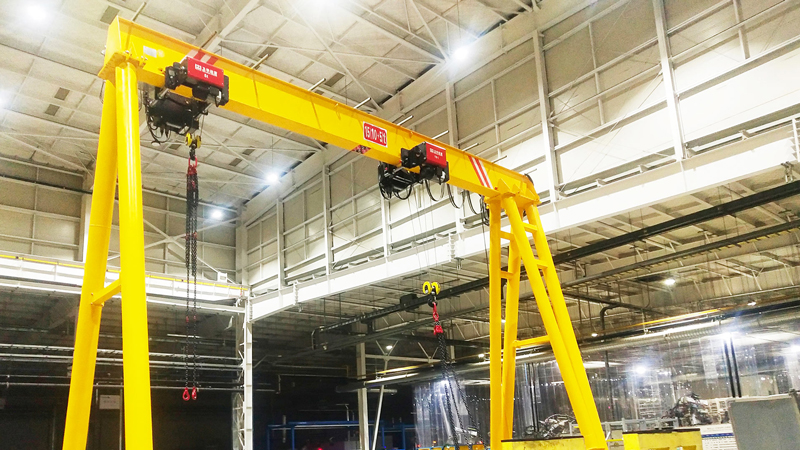
| Karşılaştırmalı öğe | Electric winch | Elektrikli vinç |
| Core functions | Vertical lifting or inclined towing (long distance, large load) | Vertical lifting (short distance, precise lifting) |
| Main action | The drum retracts and unwinds the wire rope to lift heavy objects or pull horizontally | Motor-driven wire rope lifts and lowers heavy objects vertically |
| Tipik senaryo | Construction site hoisting, ship anchoring, bridge construction | Factory workshop handling, warehouse stacking, equipment maintenance |
| Karşılaştırmalı öğe | Electric winch | Elektrikli vinç |
| Core components | Large drum, clutch, long wire rope (100 meters level) | Compact drum, hook, limiter, dual braking system |
| Kurulum yöntemi | Fixed on the ground or large bracket, requires independent anchoring | Suspended on I-beam track or fixed beam |
| Wire rope length | Usually longer (50 meters to more than 300 metre) | Shorter (generally ≤30 meters, suitable for vertical lifting height) |
| Power characteristics | High-power motor, emphasizing continuous traction | Small and medium power motors, emphasizing start and stop accuracy and stability |

Typical uses of electric winches
Typical uses of electric hoists

| Parametre | Electric winch | Elektrikli vinç |
| Nominal Yük | 1 ton~100 tons (mainly traction/lifting force) | 0.1 ton ~ 50 ton (mainly vertical lifting force) |
| Working speed | Low speed type: 3-8 metre/dakika (large load stability is preferred) | Medium speed type: 5-12 metre/dakika (balance between efficiency and accuracy) |
| Kontrol yöntemi | Mainly controlled by handle, some support remote control | Handle, uzaktan kumandalı elektrikli vinç, automation integration (frequency conversion speed regulation) |
| Güvenlik cihazı | Aşırı yük koruması, acil frenleme, clutch decoupling | Çift fren sistemi, limit switch, anti-overroll device |
Electric winch: long-distance lifting/traction, large-load operations (such as bridge construction, mine rescue). Pay attention to the wire rope capacity, continuous working ability, and outdoor protection level (such as IP65).
Elektrikli vinç: requires frequent vertical lifting and precise positioning (such as workshop assembly lines, warehouse stacking). Pay attention to the lifting height, speed regulation performance, and track adaptability (such as I-beam model).
Geri bildiriminize değer veriyoruz! Hizmetlerimizi özel ihtiyaçlarınıza göre uyarlayabilmemiz için lütfen aşağıdaki formu doldurun.
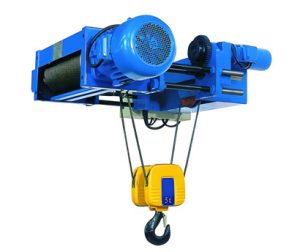
Milwaukee elektrikli zincirli vinç zorlu endüstriyel uygulamalar için tasarlanmıştır, ……
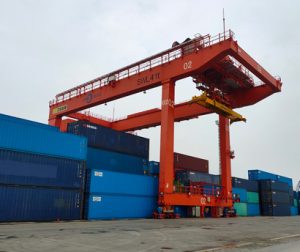
Harbor Freight Electric Hoist, liman için özel olarak tasarlanmış ağır bir kaldırma ekipmanıdır ……
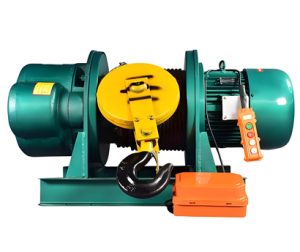
Metalurji İçin Elektrikli Vinç Temel Özellikler 1. Yüksek Sıcaklık Dayanımı:Donanımlı zeka……
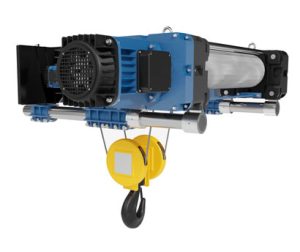
15 Ton Tel Halatlı Elektrikli Vinç Temel Özellikler & Faydalar 1. Olağanüstü Kaldırma Ca……
